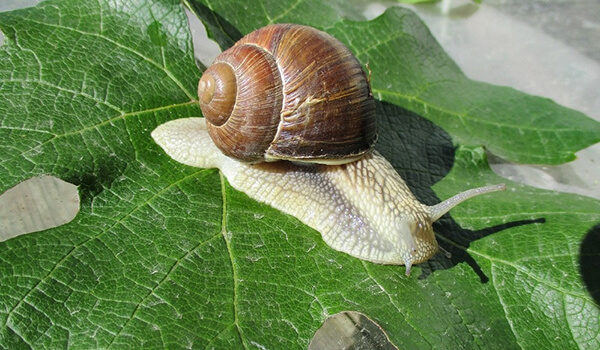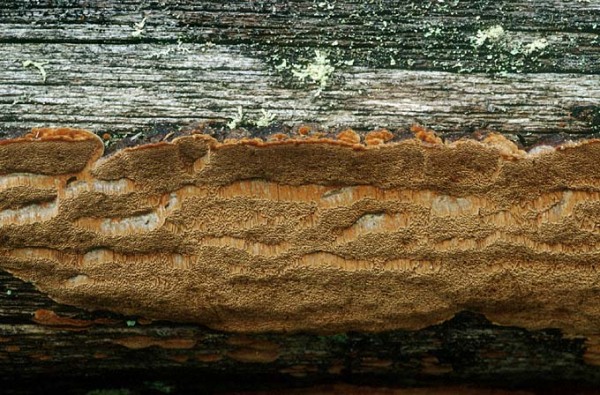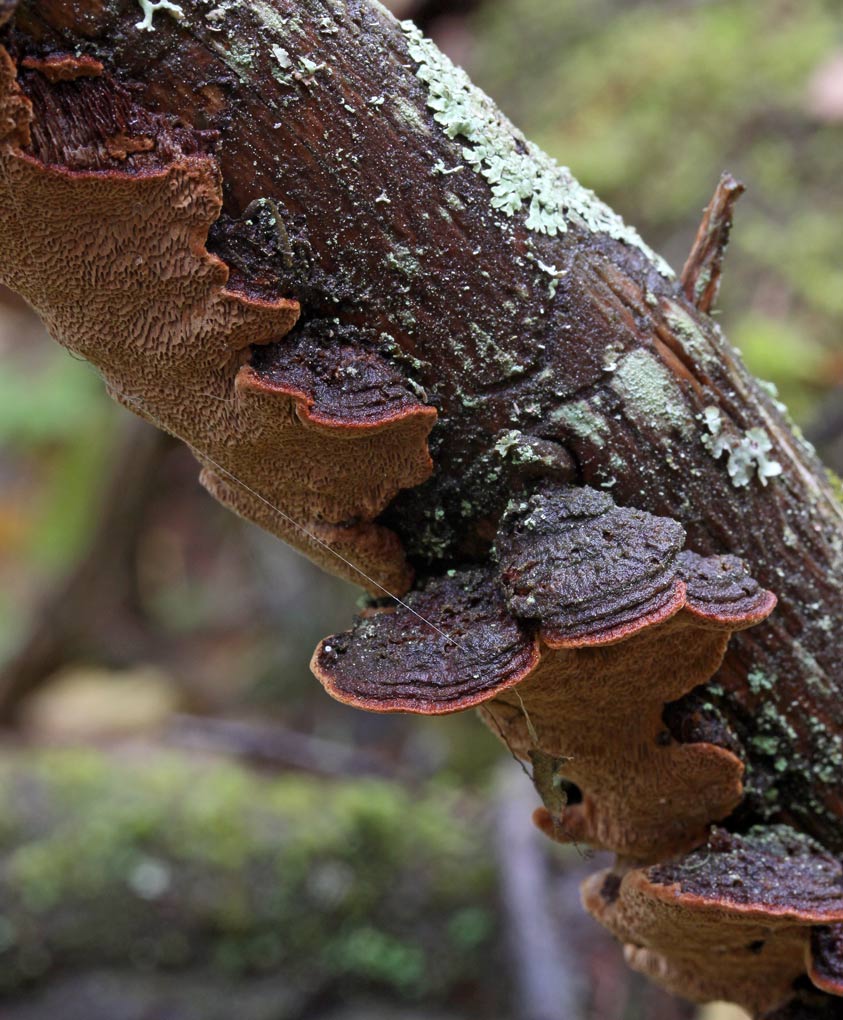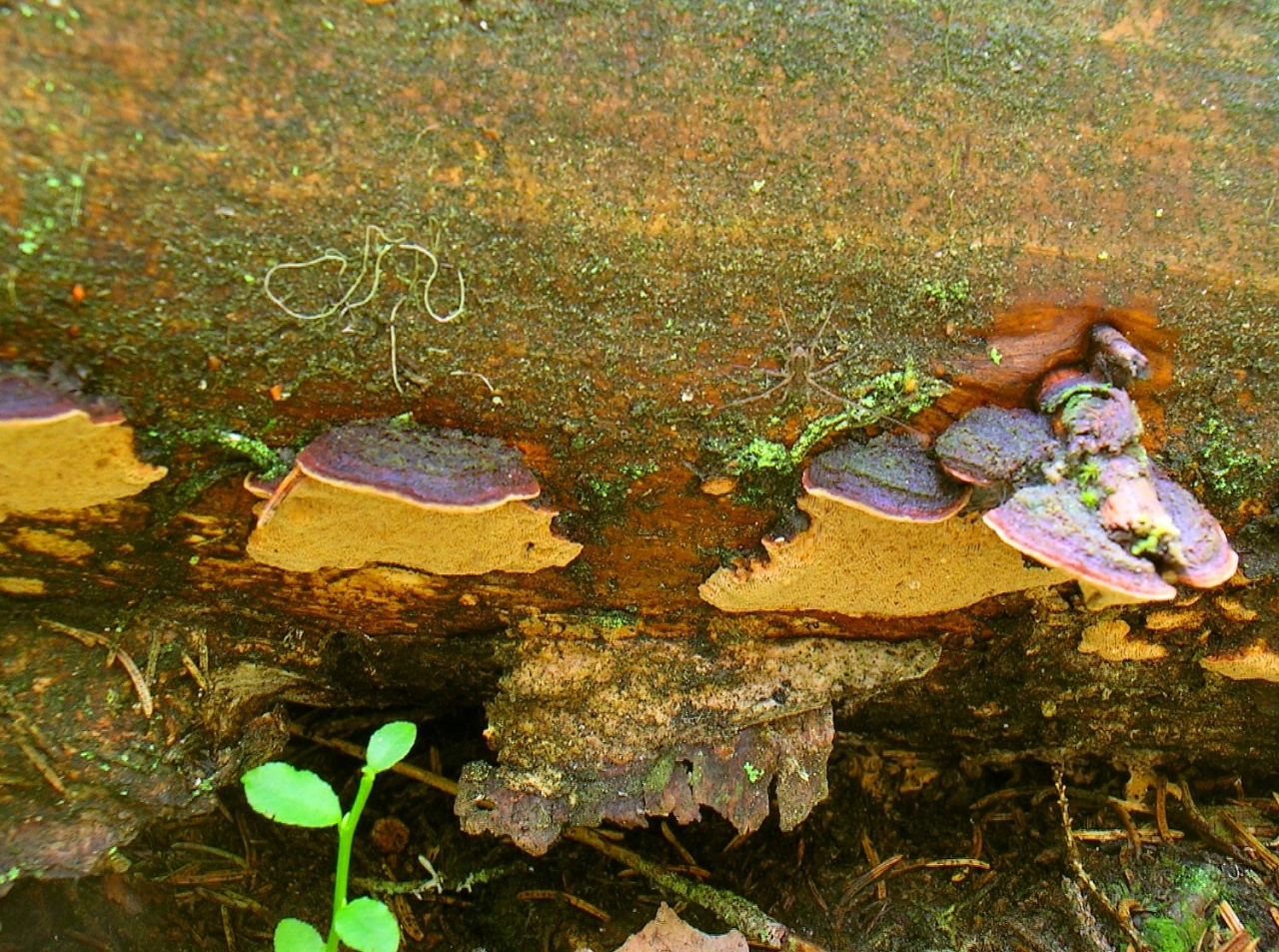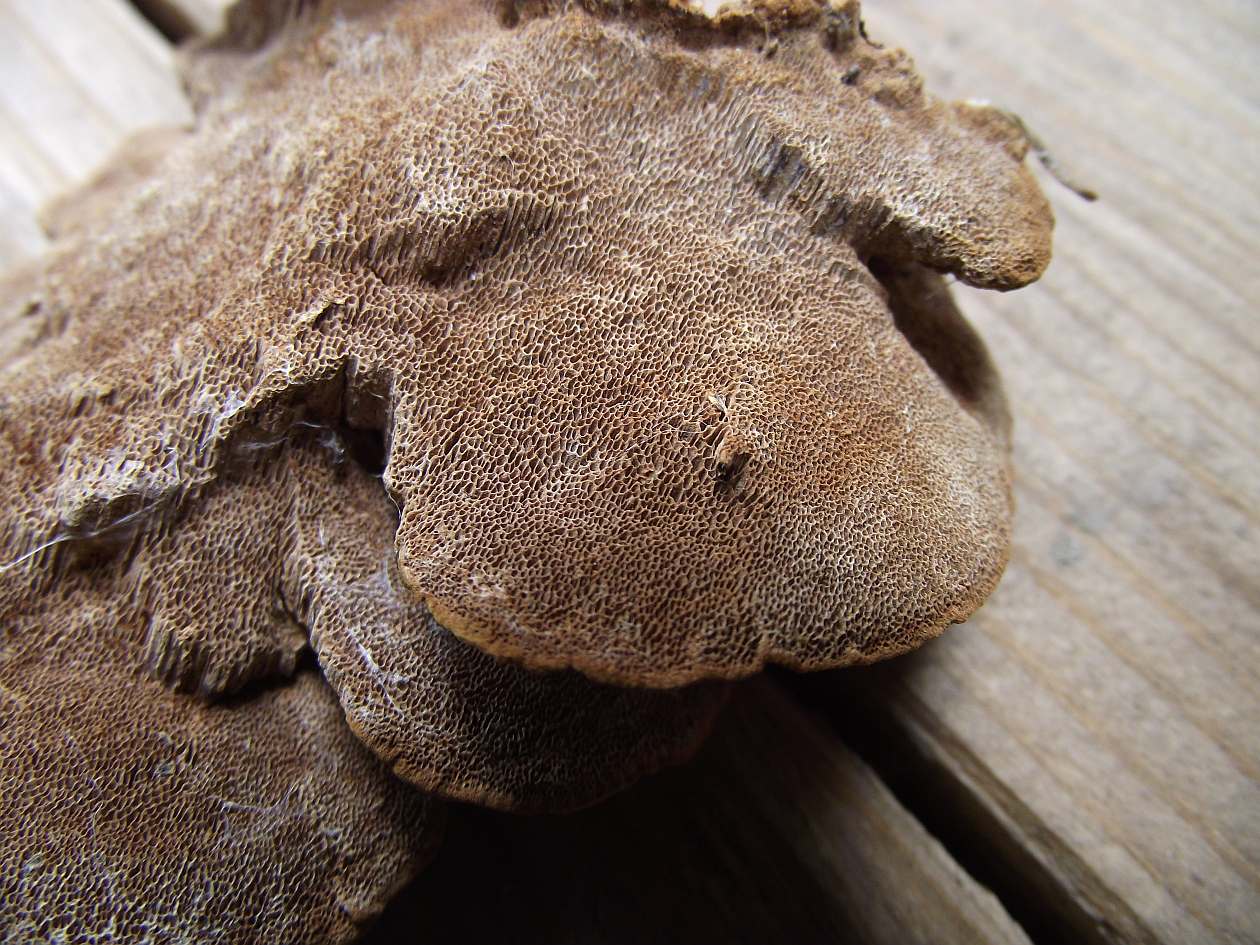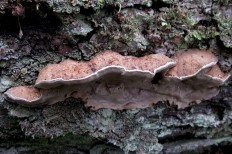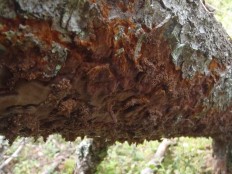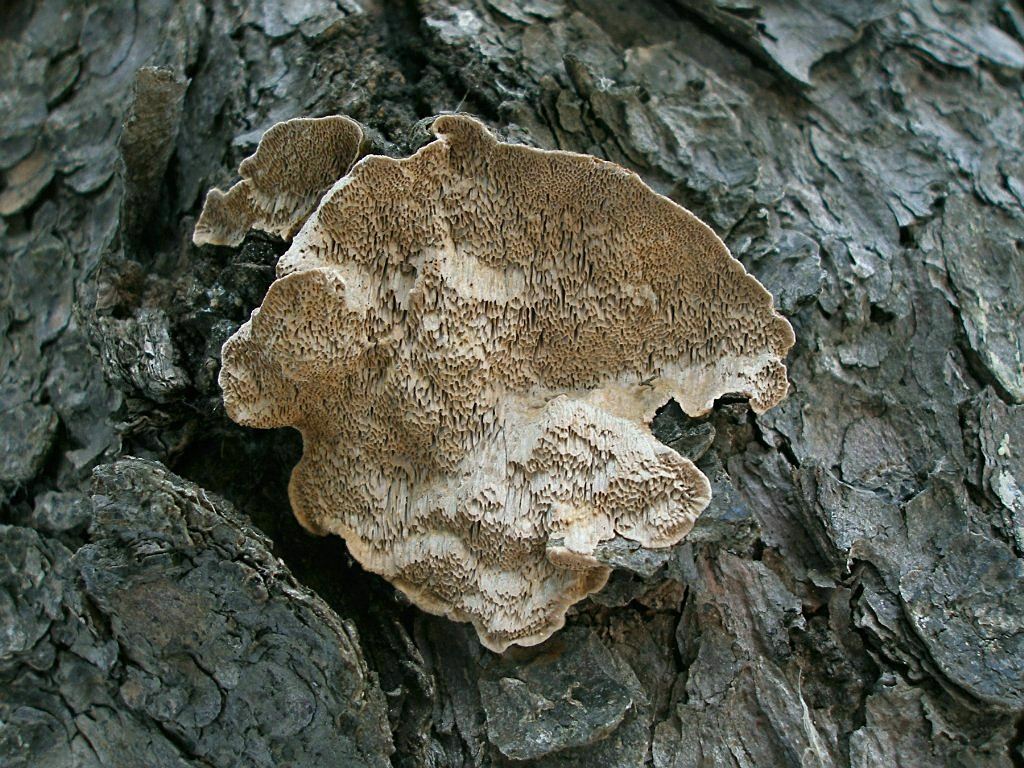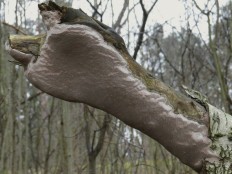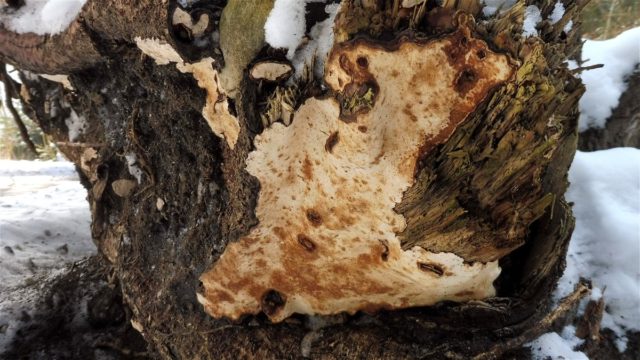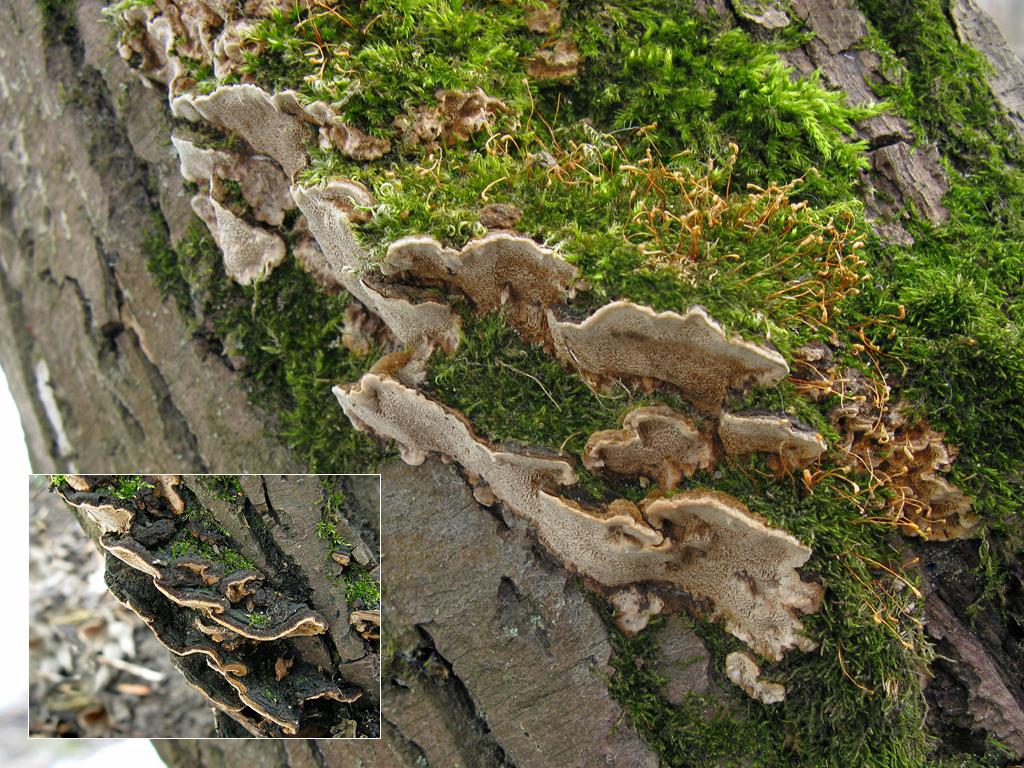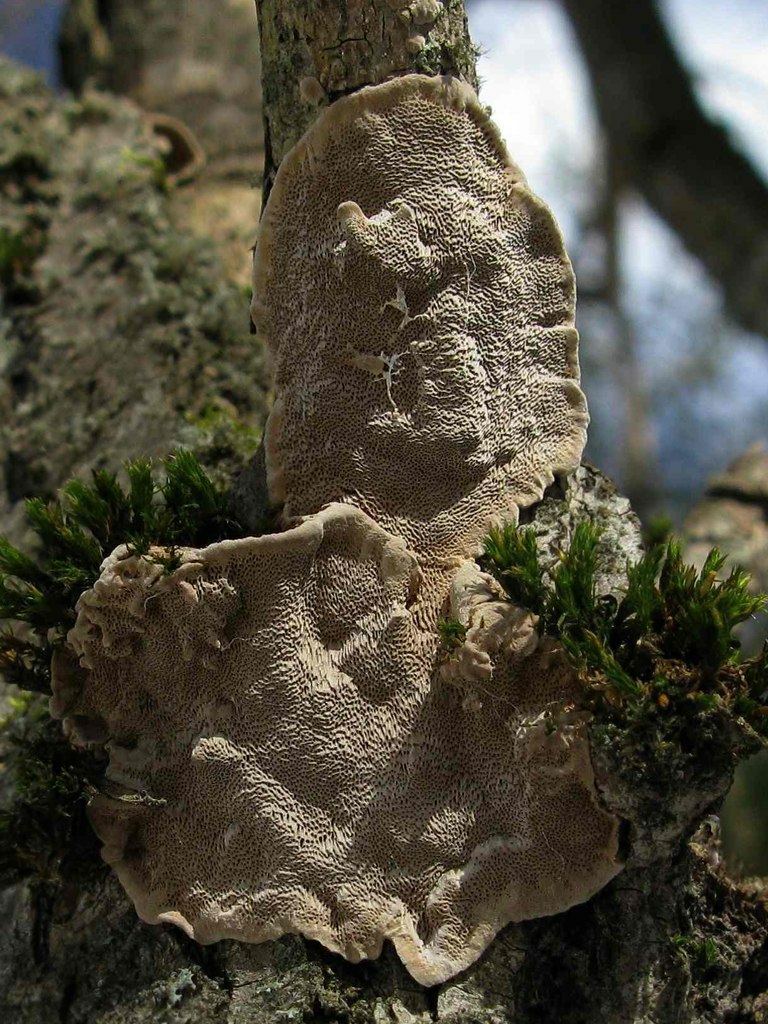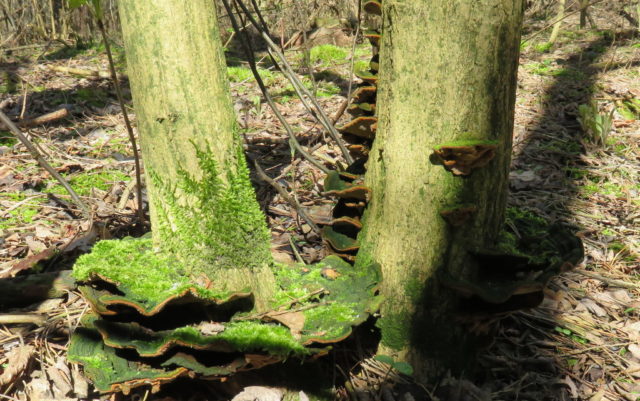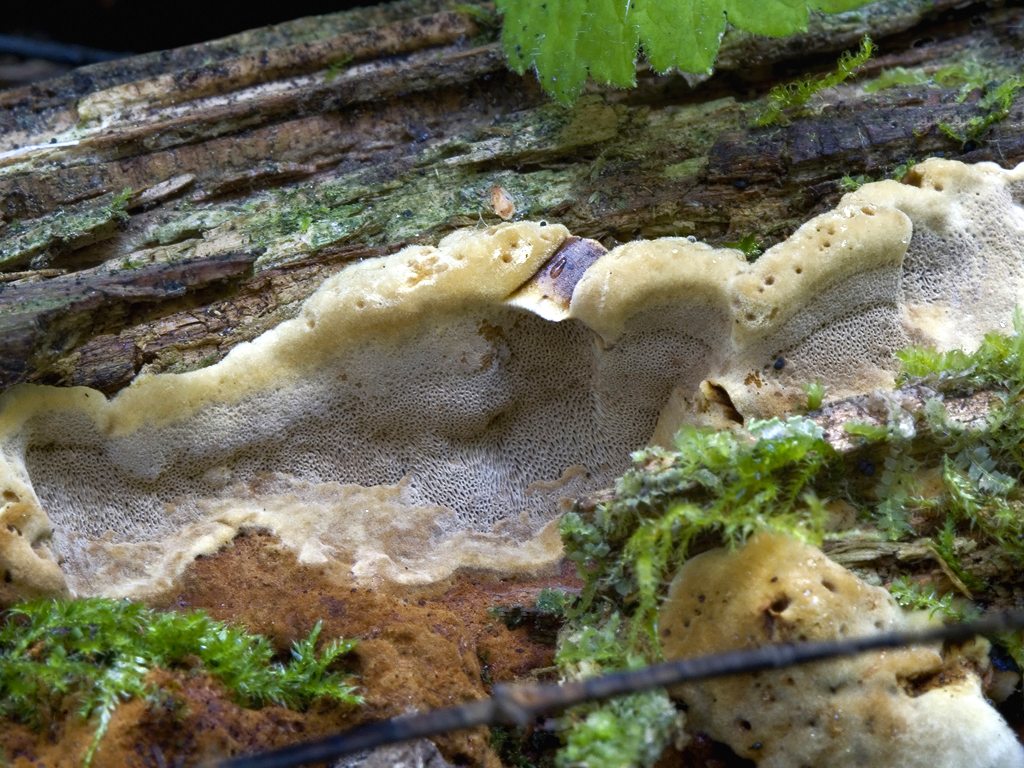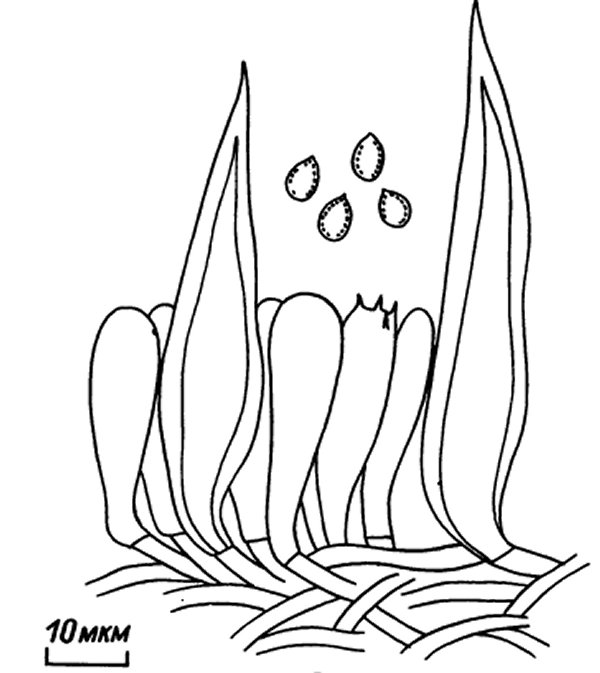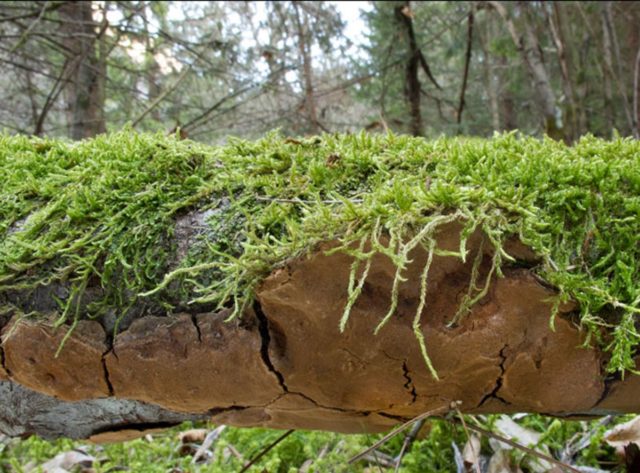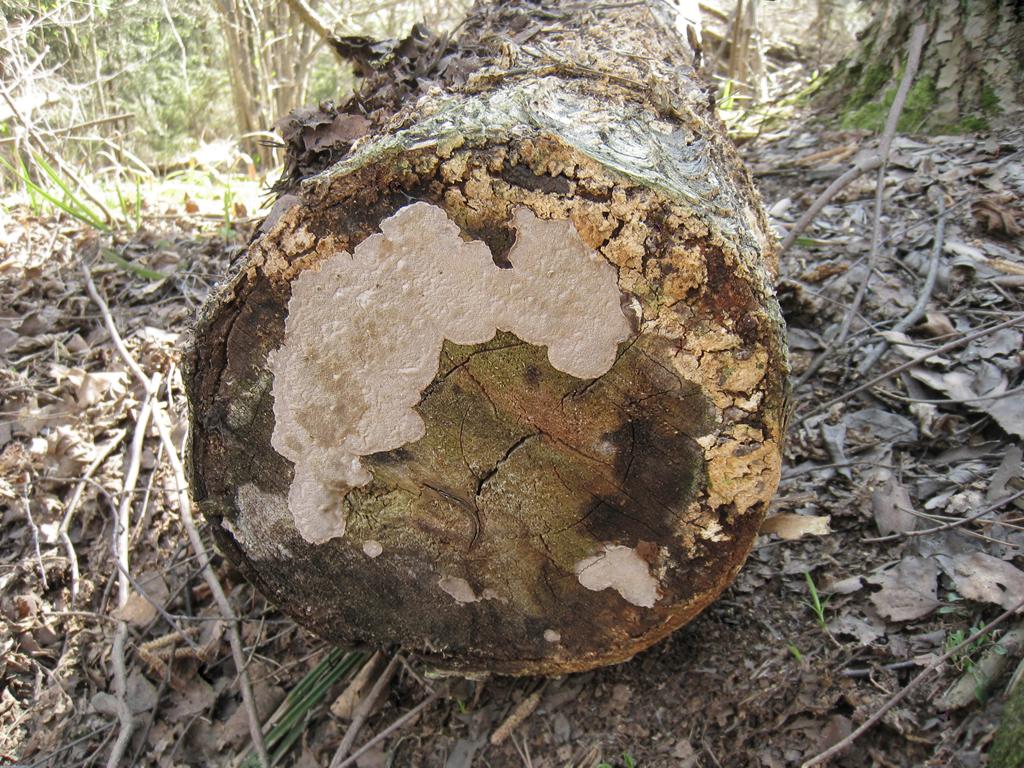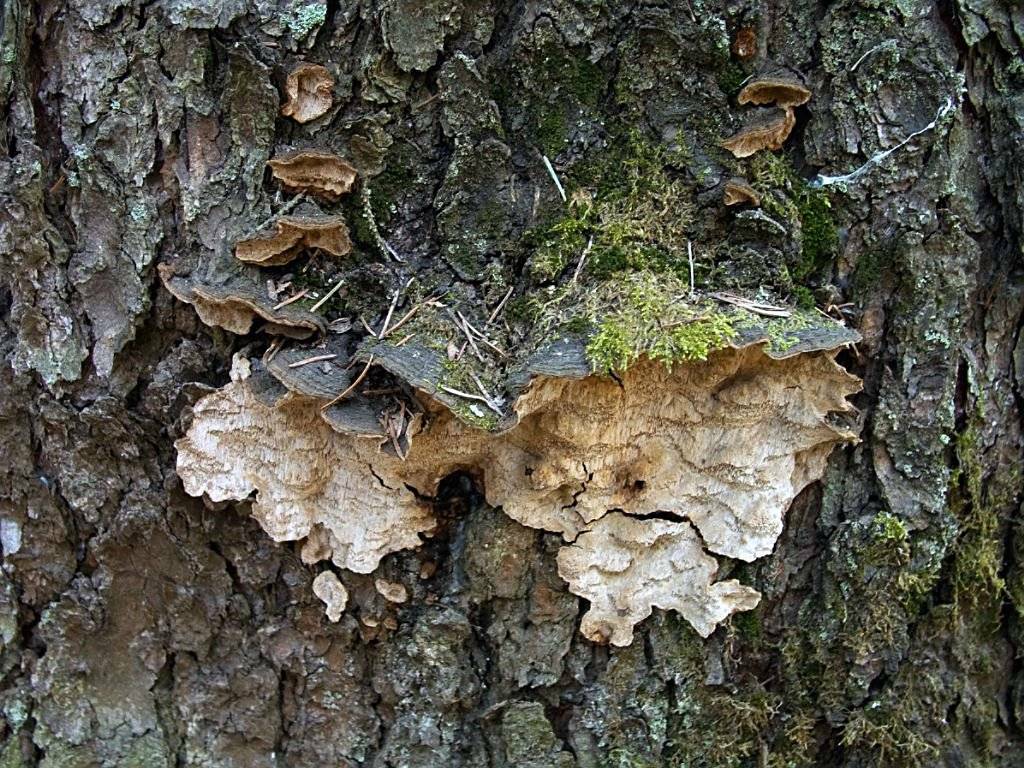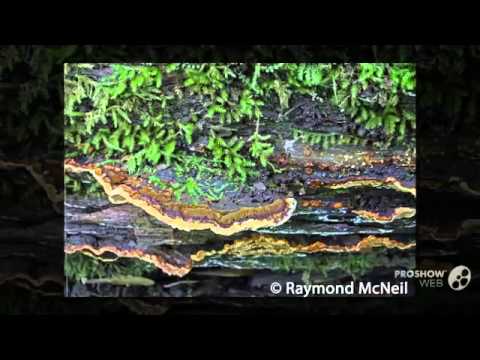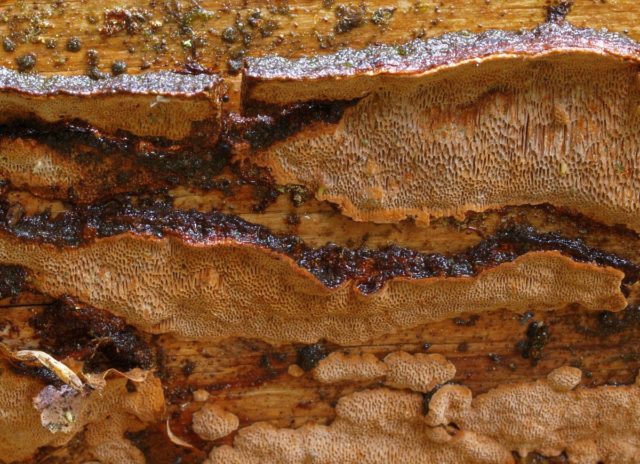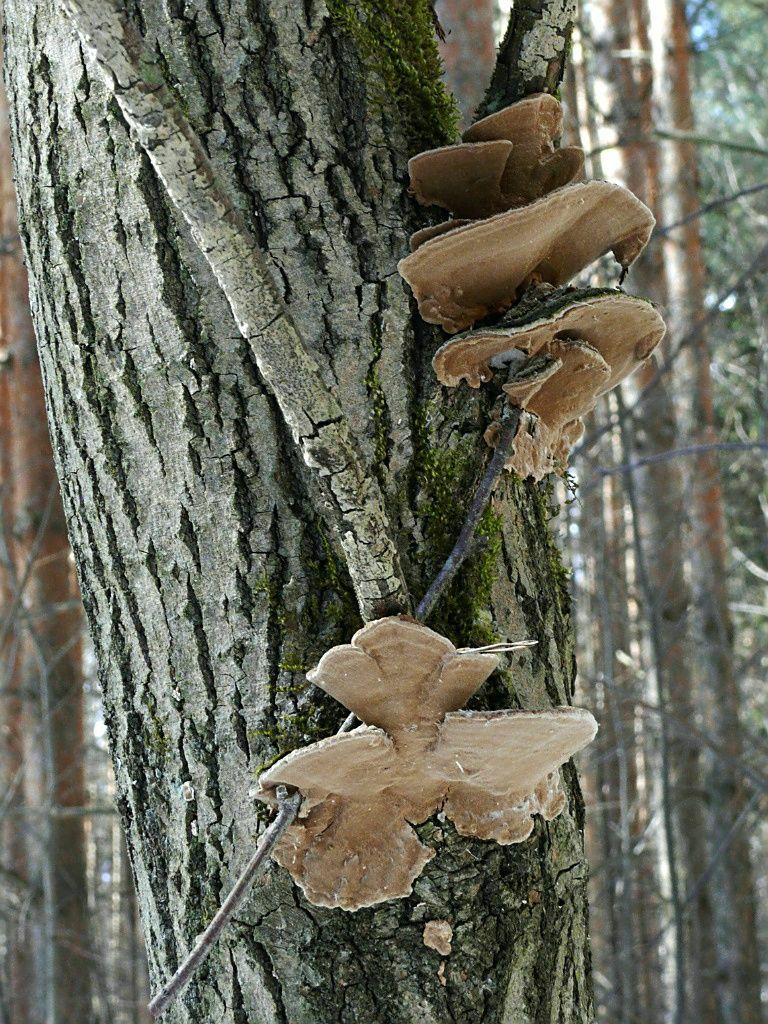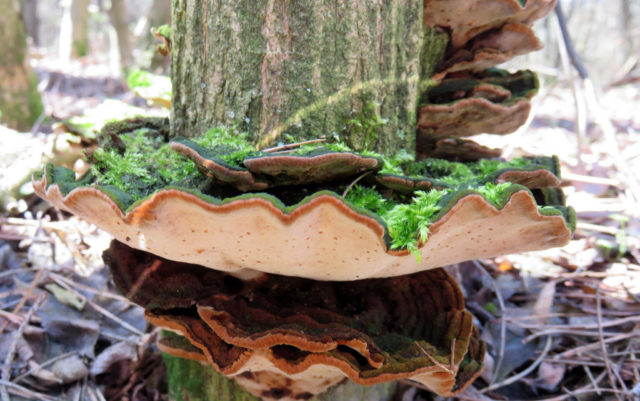Fellinus smoothed: is it possible to eat, where it grows, what it looks like, description and photo
T. V. Svetlova, I. V. Zmitrovich
1.8.19. Mushrooms of the genus Phellinus
In the first part of the Review, we examined several species of the genus Phellinus with cap fruit bodies, in the current section we are going to get acquainted with common species of fellinus. Like other species of this genus, they are characterized by brownish or brownish colored fruit bodies of a relatively hard consistency, often with a fairly fine-pored hymenophore. It should be borne in mind that the fruiting bodies of some species of fellinus, which are usually found in a sessile or prostrate-bent form, can be completely prostrate, which greatly complicates the definition. In addition to information about the substrate and the number of pores per 1 mm, information on the shape and size of spores can significantly help in determining the species.
Fungi belonging to the genus Phellinus settle on living or dying trees, but more often on dead wood of both deciduous and coniferous species, they cause white rot of the wood.
Fellinuses are a fairly numerous genus, representatives of which can be found on all continents. As a result of new molecular genetic studies, some species previously considered in the genus Phellinus have now been assigned to other genera.
Phellinus laevigatus - Phellinus flattened
Mushroom with perennial, outstretched, thin, tough, leathery, medium-sized fruit bodies tightly adhered to the substrate. Occasionally, on vertical and inclined substrates, it forms prostrate-bent fruiting bodies. The sterile margin is ridge-shaped, pubescent, narrow, sometimes lagging behind the substrate in older specimens. The litter is thin, hard, from brownish brown to light brown, darkening under the action of alkalis. The pore surface is often uneven, wavy, with a silky sheen, light brown, brownish-brown, grayish-pinkish-brown in spring. The hymenophore is more often layered with very small, rounded or slightly elongated pores (on average, 8-10 per 1 mm).
f.285 Phellinus laevigatus - Smoothed fellinus: fruiting bodies on birch trees in Moscow forest parks
Cosmopolite, in Russia distributed throughout the forest zone, occurs regularly, but infrequently. Grows on valezha deciduous species, mainly on birch. It differs from Fellinus Lundell (Phellinus lundellii), also found on birch, and the prostrate forms of other species of fellinus by a raised ridge-like edge and small pores.
f.286 Phellinus laevigatus - Smoothed fellinus: fruiting bodies on the dead branches of deciduous trees in the Novgorod region. (1) and Moscow forest parks (2-4)
Phellinus lundellii - Fellinus Lundella
Fruit bodies are perennial, firm in consistency, prostrate-bent or completely prostrate, usually of medium size. The surface of the folded part is dark brown or almost black, smooth, fissured with age. The litter is thin, dense, light brown or reddish brown. The pore surface is smooth, without shine, brown or reddish-brown, grayish after winter. The pores are rounded, entire, rather small, 5-6 per 1 mm. The tubules are rusty-brown, indistinctly layered, with a total thickness of up to 2 cm.
f.287 Phellinus lundellii - Fellinus Lundella: 1) fruiting body on a dead branch of a deciduous tree; 2) fruit body on a dead birch trunk
It settles on deciduous wood, usually on birch, a little less often on alder stumps, valezhe and dry, very rarely on other deciduous species. Causes white rot. A widespread species, confined mainly to old-growth forests of the temperate zone, occurs regularly. The species was isolated from Phellinus laevigatus, from which it differs in larger pores.



